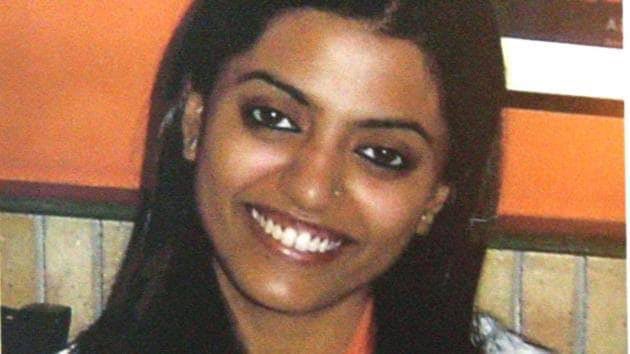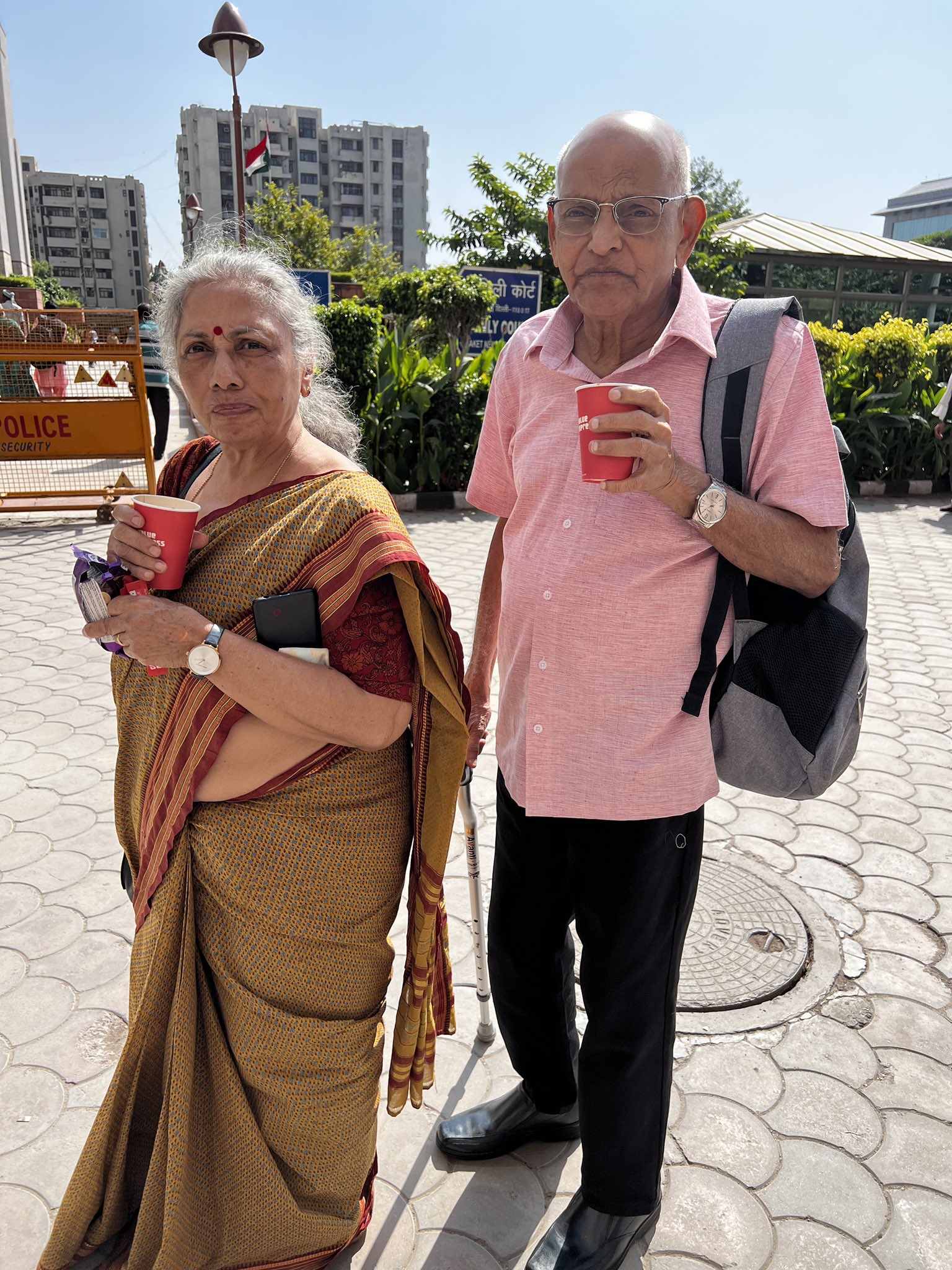TV journalist Soumya Vishwanathan was driving home from work at night when she was waylaid and shot on September 30, 2008, in Delhi. Four men have now been convicted in the case, which became infamous for victim-blaming in crimes against women, when the then Delhi Chief Minister Sheila Dikshit said, “why do they go out to work late at night?”
A Delhi court yesterday convicted the four — Ravi Kapoor, Amit Shukla, Baljeet Malik, and Ajay Kumar — as part of an organised crime syndicate for murder and other offences in the killing of Vishwanathan.
Delhi Police officers said yesterday that a hand tattoo, a wireless set stolen from a policeman, and CCTV footage helped them crack the 2009 case of the killing of IT professional Jigisha Ghosh and eventually led the investigators to the 2008 killers of Soumya Vishwanathan.
The breakthrough came in the Jigisha Ghosh murder case and the confessions of the accused then helped the police solve the Soumya Vishwanathan murder case. Kapoor, Shukla and Malik, who were arrested for murdering Ghosh in 2009, later confessed to their involvement in Vishwanathan’s murder in 2008. Following the confessional statements of the trio, Delhi Police arrested their accomplices Ajay Kumar and Ajay Sethi and booked all five for killing Vishwanathan.
Ajay Sethi has been convicted under Section 411 (dishonestly receiving stolen property) and Maharashtra Control of Organised Crime Act (MCOCA) provisions for conspiring to abet, aid or knowingly facilitate organised crime and for receiving the proceeds of organised crime.
Jigisha Ghosh had been robbed and murdered on March 18, 2009. “The murder case of Jigisha was solved two-three days after her body was recovered from the Suraj Kund area in Faridabad (in Delhi NCR). We had got the first lead from CCTV footage, in which we found that one of the accused had a tattoo on his hand, while shopping using Jigisha’s debit card. Another was carrying a wireless set and wearing a cap,” said Atul Kumar Verma, investigating officer of the case, speaking to PTI.
Then the officers worked meticulously on Delhi Police’s human intelligence network and soon, the police team reached the residence of Malik in Masoodpur. Kapoor and Shukla were arrested subsequently.
Malik had his name inked on his hand while Kapoor used to carry a wireless set that he had snatched from a police officer. “They revealed that they had kidnapped Jigisha from near her house in Vasant Vihar and later killed and dumped her body after looting her. They also did some shopping using her debit cards,” said Verma, who led a team from Vasant Vihar police station on the case.
“We were a bit shocked when Ravi Kapoor himself revealed that they had committed the murder of another girl at Nelson Mandela Marg, which was not very far from Vasant Vihar,” said Verma. Kapoor also said that two other associates — Ajay Kumar and Ajay Sethi — were involved in that previous murder.
The then Deputy Commissioner of Police (South), HGS Dhaliwal, immediately set up another team of officers and appointed then ACP Bhisham Singh to look into both the murder cases.
Singh told PTI, “Since we had just the confession of the accused for the Soumya murder case, the major challenge before us was to collect forensic evidence as well.”
Detailing the night when Soumya Vishwanathan was killed, police said that Kapoor drove a Maruti Wagon R car and Shukla sat next to him. Malik and Kumar occupied the rear seat. All of them were drunk, the police said.
“On September 30, a car zoomed past their vehicle. It was a Maruti Zen that Soumya was driving back to her home in Vasant Kunj. She was returning from TV Today’s office, then located at Videocon Tower [near] Karol Bagh,” said another officer, OP Thakur, who was among the investigators.
On seeing a woman driver overtaking them and spotting that she was alone, they increased the speed of their own vehicle and came closer to her vehicle. First they tried to waylay her, and when she did not stop her car, Kapoor opened fire at Soumya Vishwanathan’s vehicle. The bullet hit her in the temple, leaving her dead on the spot. As she slumped at the wheel, her car rammed into a divider and stopped.
“All the accused fled from the spot, but 20 minutes later, returned to see her condition. When they saw police personnel, they ran away,” said the officer.
“We are very satisfied today. The conviction has happened basically due to three reasons — weapon of offence, which was recovered from the accused; the forensic sketch of the spot; and the sequence of incident matched with the confession statement of the accused,” said Singh.




